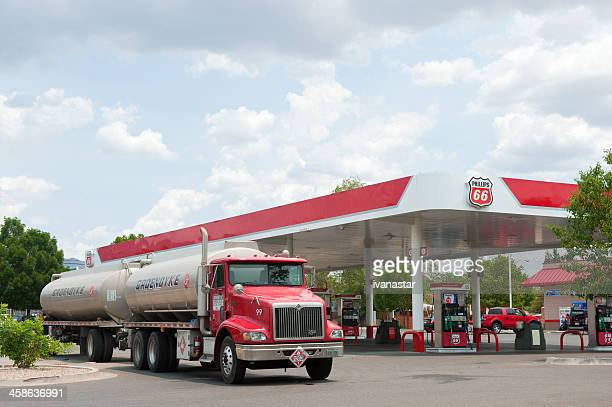 Talking Transportation
Talking Transportation
By Jim Cameron
Connecticut’s free bus fares are gone and lawmakers have allowed gas taxes to rise 20 cents a gallon as of April 1st. But the end of our state’s “gas tax holiday” next month isn’t the reason gasoline prices vary so much from town to town.
Just why does gasoline cost 60 cents a gallon more in Greenwich than in Bridgeport… 84 cents a gallon more compared to Hartford and 90 cents a gallon more than in East Hartford? Is it because folks in Greenwich are richer and can afford it? Or is it because it costs gasoline station owners more to operate in that Gold Coast zip code?
While both factors are probably true, the reason gasoline costs more in some Connecticut towns than in others is because of something called “zone pricing”, an industry practice that does all but set the price for the commodity that is charged by distributors and passed along to their customers, the local gas stations.
Lawmakers have debated zone pricing many times in recent years, but it has never been killed. I wonder why, given its apparent unfairness. But who’s to explain the mysteries of what our lawmakers do, influenced as they are by lobbyists.
Let’s follow the gasoline distribution process to better understand price-setting.
A tanker ship arrives in New Haven and offloads its cargo (there are no gasoline pipelines to our state) onto tanker trucks. There are thirty gasoline distributors in Connecticut and as they truck their gasoline to gas stations, they obviously incur costs.
Big chains of gas stations can negotiate better deals than the independently owned stations. So to compete, “Mom and Pop” gas stations often sell snacks and sundries. In effect, your beef jerky is subsidizing your cheaper gasoline.
But it’s the secret zone pricing rules, set by the distributors that breaks the state into about 50 different zones and determines how much gas station owners must pay for gasoline. Pricing is determined by traffic volume, nearby income levels, the competitive landscape and other factors. And gas station owners, who set their own prices, say they are making only seven cents a gallon profit. But if the station owners must pay distributors more for gasoline, so will you.
Distributors don’t tell us where their zones are or what their pricing difference is from one zone to another.
If none of this makes sense to you, there’s a good reason: it doesn’t.
When he was Connecticut’s Attorney General, US Senator Richard Blumenthal called zone pricing “invisible and insidious”. Yet, the courts say it’s legal and the Federal Trade Commission says whatever costs are added in one zone are probably offset by discounts in another. So it all averages out, right? Not if you live in Greenwich.
So while you may be willing to drive a few minutes out of your way looking for cheaper gasoline, remember that the savings may be illusory. If your car only averages 25 mpg, driving ten miles roundtrip will cost you more than you may think you’re saving.
Jim Cameron is founder of the Commuter Action Group and advocates for Connecticut rail riders. His weekly column “Talking Transportation” is archived here. You can contact Jim at [email protected].”

